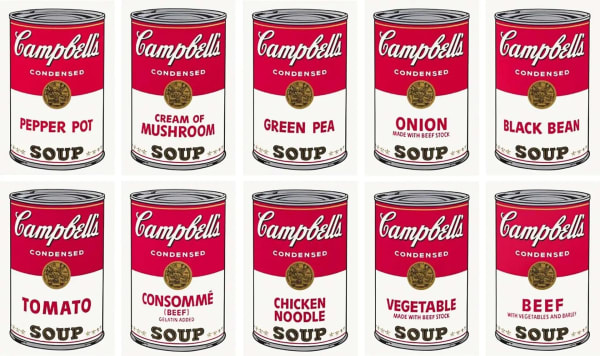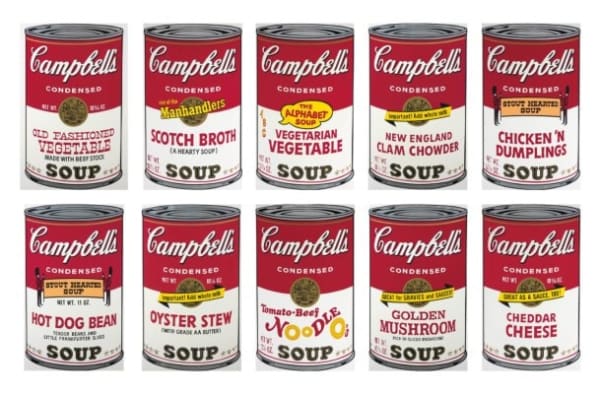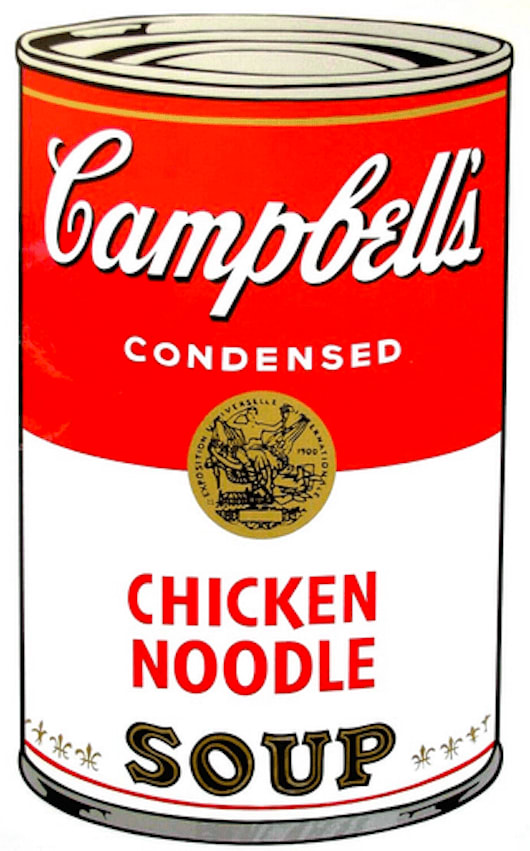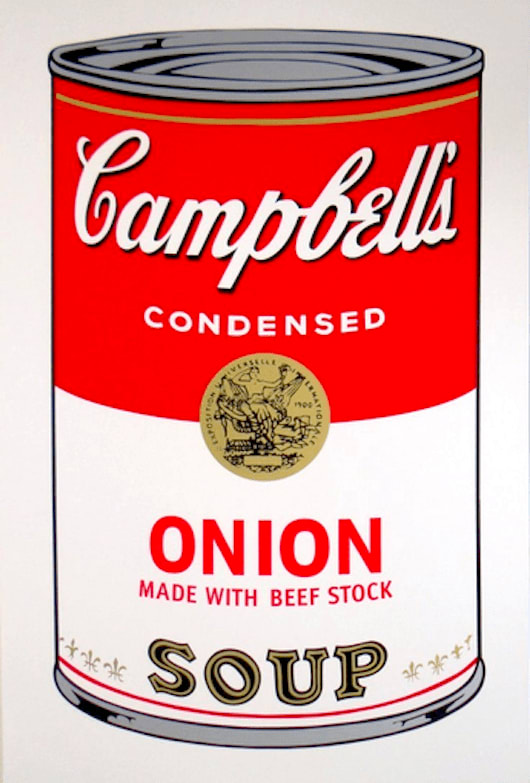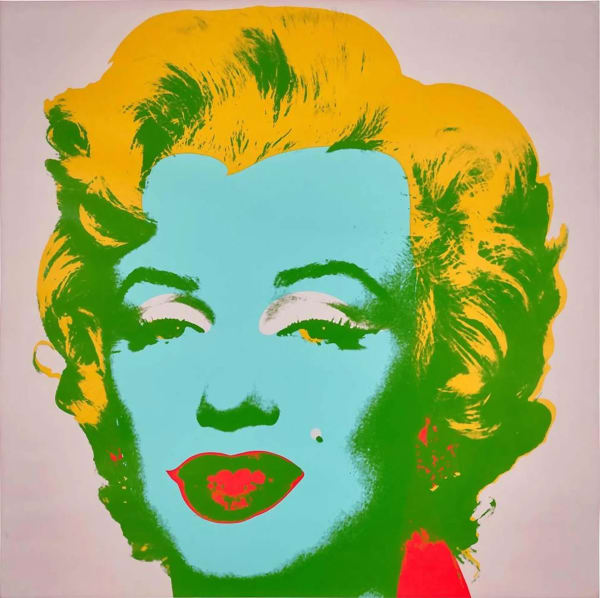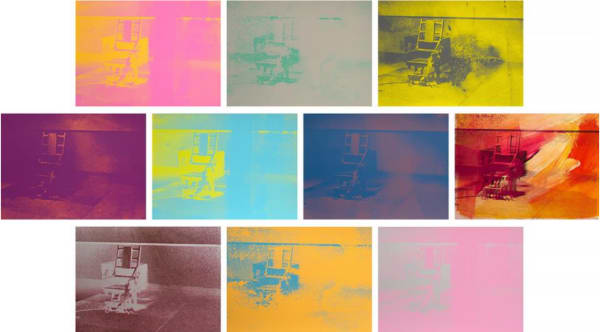Inside Andy Warhol's Factory: Where Pop Art Was Born
Andy Warhol, one of the most iconic figures in the art world, revolutionized modern art with his pop-inspired works, blurring the line between commercial imagery and fine art. At the heart of Warhol’s creative empire was his legendary studio, The Factory, a space that not only produced some of his most famous works but also became a cultural hotspot for artists, musicians, and socialites of the 1960s and beyond.
How Did Andy Warhol Make His prints?
Warhol’s prints, which remain some of the most recognizable pieces of contemporary art, were created using the silkscreen printing process. This technique allowed him to mass-produce images, echoing the consumer culture he sought to critique and celebrate. Warhol didn’t work alone—his studio was filled with assistants and printers who helped bring his visions to life. Among them were key figures like Gerard Malanga, Rupert Jasen Smith, and Alexander Heinrici, who were instrumental in the production of his prints. Their collaborative efforts allowed Warhol to maintain his prolific output, producing countless variations of his famous works, from celebrity portraits to consumer product series.
Why Was Warhol's Studio Called The Factory?
The name "The Factory" was not just a catchy moniker—it was a reflection of Warhol’s artistic philosophy and working method. Inspired by the industrialization of mass production, Warhol likened his studio to a factory where art was produced in an almost assembly-line fashion. By embracing the techniques of mechanical reproduction, such as silkscreen printing, Warhol blurred the boundaries between commercial production and fine art. He often referred to himself as a "machine" and viewed his artwork as part of a broader commentary on consumerism and mass media.
The Factory: Self Replicated
The Factory was more than just a workspace—it was a hub of creativity, decadence, and experimentation. Over the years, The Factory existed in three different locations, each with its own distinct character and role in Warhol’s career.
The first Factory, located at 231 East 47th Street in New York City, was perhaps the most famous. Active from 1963 to 1967, this space was famously draped in silver foil and Mylar, giving it a futuristic, industrial look. It functioned as a melting pot for artists, musicians, and underground personalities, and it was here that Warhol produced some of his most iconic works, including the Marilyn Diptych and Campbell’s Soup Cans. This location was also central to Warhol’s film production, with projects like Chelsea Girls being shot within its walls. However, by 1967, the growing chaos and increasing drug use among Factory regulars led Warhol to seek a new, more controlled environment.
The second Factory, located at 33 Union Square West, was active from 1968 to 1973. This space marked a shift from the wild, countercultural atmosphere of the original Factory to a more structured and business-oriented operation. Warhol, who had survived an assassination attempt by Valerie Solanas in 1968, became more withdrawn and cautious. This location functioned as a commercial studio where Warhol focused heavily on commissioned portraits, transforming his art into a lucrative enterprise. Celebrities and socialites frequented this Factory, seeking Warhol’s signature style to immortalize their images.
The third Factory, located at 860 Broadway, was the last iteration, operating from 1973 to 1984. By this time, Warhol had fully embraced the business side of art, coining his famous phrase, "Making money is art." This Factory was far less bohemian than its predecessors, resembling a sleek corporate office rather than an avant-garde artist’s den. Warhol continued producing commissioned portraits, collaborated with younger artists like Jean-Michel Basquiat, and expanded into television and publishing. This final location reflected Warhol’s evolution from underground provocateur to mainstream art mogul.
Despite the changes across its three locations, The Factory remained central to Warhol’s identity and artistic process. It was a place where art, film, and avant-garde culture collided, leaving an indelible mark on the history of contemporary art.
Iconic Works Born in The Factory
Some of Warhol’s most famous works were created within the walls of The Factory. His Campbell’s Soup Cans series (1962) transformed an everyday grocery store item into high art, questioning the nature of consumerism and artistic originality. Another landmark work, the Marilyn Diptych (1962), captured the duality of Marilyn Monroe’s image—glamorous yet fading, mass-produced yet deeply personal.
In addition to these, Warhol’s Elvis Presley portraits, Liz Taylor portraits, and Brillo Box sculptures further cemented his exploration of celebrity culture and commercial branding. His Death and Disaster series, which included chilling images of car crashes and electric chairs, showcased a darker, more haunting side of his work, reflecting on the media’s obsession with tragedy and violence. Warhol also expanded into filmmaking, producing experimental works such as Chelsea Girls (1966) and Empire (1964), both of which pushed the boundaries of narrative structure and cinematic endurance. The Factory became the epicenter of these creative projects, blending art, commerce, and underground counterculture into a singular, iconic movement.
The Shooting of Andy Warhol at The Factory
The Factory wasn’t just a place for artistic innovation—it was also the scene of one of the most shocking events in Warhol’s life. On June 3, 1968, radical feminist and writer Valerie Solanas entered The Factory and shot Warhol in the chest. Solanas was the founder of SCUM (Society for Cutting Up Men), a radical feminist group, and had written the SCUM Manifesto, which expressed her extremist views on gender and power dynamics. She had a tumultuous relationship with Warhol, initially admiring him but later feeling betrayed when he failed to produce her script, "Up Your Ass." Believing Warhol was exerting control over her work and life, she acted out in violent retribution. Solanas was quickly apprehended, later diagnosed with paranoid schizophrenia, and sentenced to three years in prison. Warhol barely survived the attack and suffered health complications for the rest of his life. Despite this near-fatal event, he continued to create art, though with a renewed sense of fragility and introspection.
Legacy of The Factory and Warhol’s Art
The Factory’s influence stretched far beyond its physical walls. It represented a shift in the art world, where mass production, celebrity culture, and artistic collaboration could intersect in new and exciting ways. Warhol’s work, much of which was born in The Factory, continues to shape contemporary art and popular culture, proving that his vision of art as a mirror to consumerism and fame was ahead of its time.
For more information on Andy Warhol's Prints please inquire online or email us at info@guyhepner.com. Looking to sell? We can help. Find out how to sell Andy Warhol prints with Guy Hepner.



